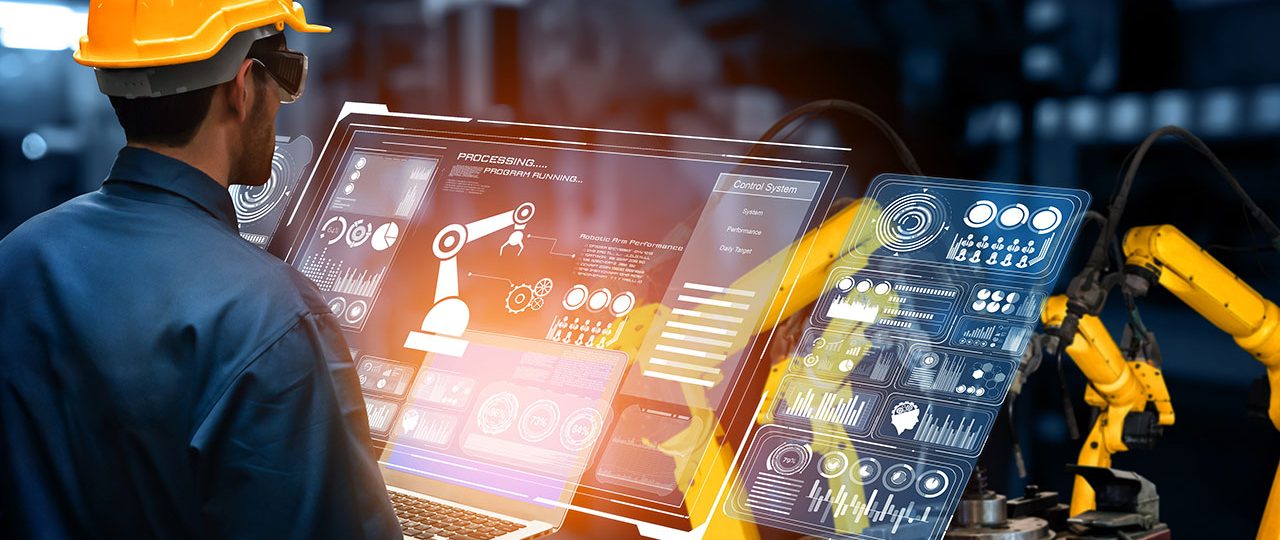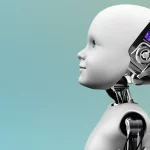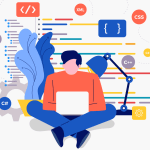As an AI language model, ChatGPT is designed to assist with tasks that involve language processing, such as answering questions, generating text, and holding conversations. ChatGPT is supporting the work of human professionals in a variety of fields. However, ChatGPT has also automated some jobs and is cutting the costs. Here are some potential jobs replaced by ChatGPT:
Table of Contents
ToggleJobs Replaced by ChatGPT
- Customer Service Representatives: Chatbots powered by AI language models like ChatGPT can handle routine customer inquiries and provide assistance 24/7. This can reduce the workload of customer service representatives and improve response times. However, for more complex issues, human intervention may still be required.
- Content Writers: Language models like ChatGPT can generate high-quality content on a variety of topics, including news articles, product descriptions, and social media posts. While language models can produce text quickly and efficiently, they may lack the creativity and nuance that human writers bring to their work.
- Translators: Language models can translate text between languages quickly and accurately. However, human translators are still needed for nuanced translations that require an understanding of cultural and linguistic nuances.
- Data Entry Clerks: AI language models can analyze and extract information from text, reducing the need for manual data entry. However, data entry clerks may still be needed to verify and correct data extracted by language models.
- Research Assistants: AI language models can quickly search through large amounts of data and extract relevant information. This can save researchers time and effort when conducting literature reviews and other research tasks. However, researchers still need to apply their own expertise and judgment to the analysis of the results.
Conclusion
Overall, while AI language models like ChatGPT can automate certain tasks, they are not designed to replace human workers entirely. Instead, they are best used as tools to support and enhance human performance in a variety of fields.
References
Puri, K. (2021, April 26). AI for Customer Service: The Future is Here. Forbes. https://www.forbes.com/sites/brycehoffman/2022/12/11/the-future-of-ai-is-finally-here–and-a-lot-of-people-are-going-to-be-out-of-a-job/?sh=6d1f95904e6e
Kramer, S. (2021, January 12). The Age of AI-Generated Content: Are Writing Jobs in Danger? Forbes. https://www.forbes.com/sites/forbesagencycouncil/2023/02/08/ai-content-generation-wont-replace-humans-it-will-make-them-more-powerful/
Shtypel, R. (2020, December 14). AI vs Human Translation: What You Need to Know. Unbabel Blog. https://resources.unbabel.com/blog/springer-nature-and-unbabel-talk-translation-quality-at-scale-with-human-refined-mt
Singh, A. (2021, August 17). How AI Is Impacting Data Entry and Data Management. Analytics Insight. https://sloanreview.mit.edu/article/how-ai-is-improving-data-management/
New, J., & Graves, Z. (2020, August 31). AI and the Future of Research. Center for Data Innovation. https://datainnovation.org/














